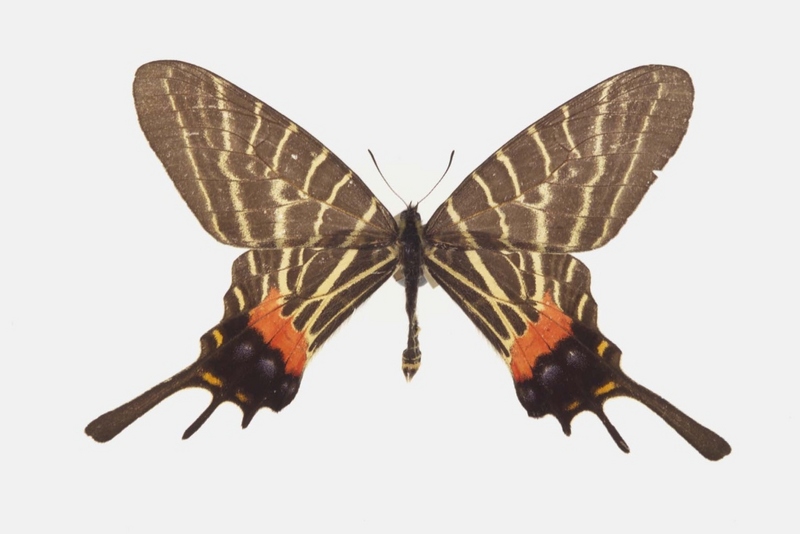|
| 질의: caterpillar | 결과: 1079번째/1696 | |
Bhutanitis thaidina, Chinese three tailed swallowtail
| 제목: | Bhutanitis thaidina, Chinese three tailed swallowtail
| | 올린이: | Wiki Photos (---@---.---)
| |

| 해상도: 1024x683
파일크기: 154928 Bytes
촬영일: 2005:03:22 15:02:19
등록시간: 2017:02:15 15:43:36
|
Description
Bhutanitis thaidina (Blanchard, 1871) Shaanxi province, China
Date January 2007
Source Robert Nash, Curator of entomology, Ulster Museum (via email) en:user:Notafly
Author Robert Nash, robert.nash at magni.org.uk
Source: https://commons.wikimedia.org/wiki/File:Bhutanitis_thaidina_ulster.jpg
Bhutanitis thaidina, commonly known as the Chinese Three-tailed Swallowtail, is a rare species of butterfly in the family Papilionidae. The butterfly is found in Tibet and China. The larva feeds on Aristolochia Aristolochia moupinensis. Order: Lepidoptera, Family: Papilionidae, Genus: Bhutanitis, Species: Bhutanitis thaidina (Blanchard, 1871), Synonyms: Armandia thaidina. |
^o^
동물그림창고 똑똑전화 누리집
^o^
|
|